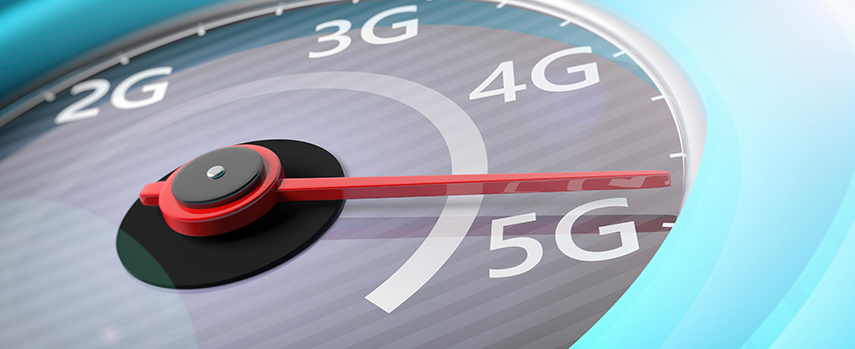The challenges facing 5G

With IoT revenue set to hit $1.1 trillion by 2025 with over 25 billion IoT device connections, we must navigate the challenges to 5G to ensure for its success.
The first generation brought us the very first cellphones, 2G allowed us to make texts, 3G got us online and 4G continued down that route with faster speeds, greater coverage and increased reliability. Now, as the number of users skyrockets, our current generation mobile network has reached the limit of its capabilities.
This much is certain: 5G is going to be markedly better than 4G. In fact, for the most part, it will be better than many of our home broadband connections. It will be the foundation for virtual reality, autonomous vehicles and the internet of things. So why is it taking so long to roll out globally?
Why is 5G taking so long?
Select cities are currently trialling the new networks but coverage is patchy and the devices needed for 5G aren’t yet prevalent. Though there are a handful of 5G enabled devices on the market, getting them into the hands of users worldwide is a slow process: one that could take years.

We saw the same pattern with 4G. The networks were in place in select areas, slowly expanding until coverage was broader and more people had 4G enabled devices. However, even 4G hasn’t made it to every corner of the globe yet, and we’re already introducing 5G.
Implementing the next-gen network is an expensive business. Each network operator must pay for spectrum licensing, technicians to install hardware and test it and the physical hardware itself. Then there is the cost of implementing the new hardware into the devices themselves, which is more expensive per unit than the current-gen. Until those costs come down we may still see a few more devices released with no 5G capability.

Will 5G replace 4G?
The misconception surrounding 5G is that it will replace 4G. This isn’t the case. Both will be used to varying ends, each one fulfilling certain roles in connectivity.
5G itself will be sliced so that it is not just one entity, but multiple threads within a single network. 4G doesn’t have this capability. Through this network slicing, 5G is able to dedicate streams of the network for particular applications; mobile broadband, IoT, autonomous vehicles and more, given its capability to carry large amounts of information.

For example, with an autonomous vehicle travelling along the highway, passing infrastructure and communicating with everything around it, the data transmission required for one piece of communication may be more important than another. A pedestrian in the road or a hazard up ahead will require minimum latency to be acted upon immediately, which 5G is capable of.
However, getting the next generation of data in the hands of the many is not without its challenges.
What are the challenges of 5G?
Data security is a concern, especially given the vast amounts of data that is now collected. IoT devices are particularly at risk of attack. Found to have weak security systems in place, many smart home devices will need to be rethought if they are to fit into a secure next-gen network.
Numerous rules and regulations could hinder the progress and implementation of hardware and infrastructure. Anything from zoning policies to lengthy permitting processes may stand in the way of the full-scale use of 5G, from both governments and organisations alike.
A new business model must be theorised before we see widespread use. With new ways of interaction and use comes new democratisation and monetisation models. Companies like Huawei supply products to other organisations, who then utilise and market them. Where does the buck stop in the supply chain? Who can charge the end-user for services rendered?
Building a universal eco-system is key to ensuring the success of 5G. Everything ultimately rests on cross-organisation cooperation, as will the involvement of governmental organisations, both locally and nationally. A wider international community must also come together to standardise and democratise usage.
Only through total cooperation will 5G reach its limitless potential.